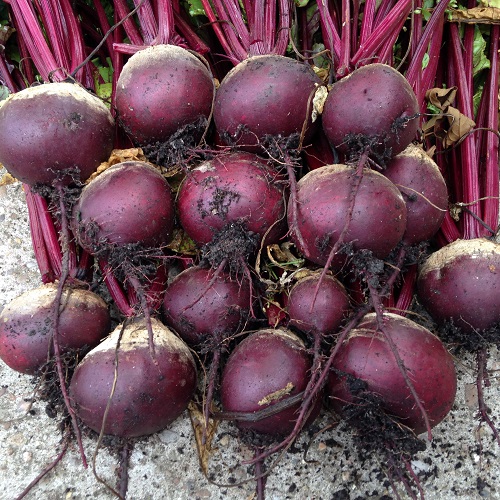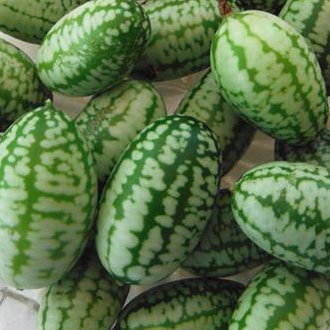| This is the tall Cape Gooseberry, also know as Physalis peruviana, or the 'Golden Berry'. It is a tall shrub type plant growing up to a height of 180cm and produces masses of small round berry fruit, yellow-orange in colour with a very sweet flavour. Very popular and easy to grow, but best grown in the greenhouse or polytunnel in the UK. | | Cape Gooseberry Sowing Guidelines | | Approx Seeds per Packet: | 50 | | When to Sow Seeds: | March, April, May | | Germination Temperature: | 15C + | | Cover Seed: | Lightly | | Time to Germinate: | 7 - 10 Days | | Frost Hardy: | No | | Spacing Between Plants: | 50cm | |
How to Successfully Grow Cape Gooseberries
The Cape Gooseberry (Physalis Peruviana) is also known as the ‘Golden Berry’ due to its distinctive colouring when fully ripe. Its name, however, is derived from it first being cultivated in Cape of Good Hope, South Africa. The flowers and subsequent fruits of this delightful shrub-like plant develop and grow within papery lantern shaped husks called a calyces. They look very ornamental and resemble tiny Chinese lanterns. The fruit itself, tastes sweet with a hint of cranberry and a sour after-taste. They are often used in fruit salads, jam making, savoury and sweet dishes and are popular as a garnish. The husks are not edible but are best left on until the fruits are required, as they help to keep the berries fresher for longer.
Seed sowing
Cape Gooseberries are relatively easy to grow but the seeds can take anything up to 10 days to germinate so you will need to be patient. Sow the seeds from March to May under cover with a minimum ambient temperature of 15C-18C (59-65F). Seeds can be sown in pots or trays of damp seed compost and lightly covered to a depth of 0.5cm. Cover the pots or trays with polythene to retain moisture. When the seedlings have developed 4 true leaves transplant to 9cm pots of potting compost.
Growing under cover
The plants are not frost hardy so for best results, grow them in a greenhouse or a polytunnel. They can be potted on into large containers when around 15cm-20cm high or planted into growbags. Allow 50cm between plants. They will need some support as they can reach heights of up to 180cm. Keep plants well-watered.
Growing outdoors
Cape gooseberries will grow outdoors during the warmer, summer months but will need a sheltered position. Ensure they are well hardened off and only move the plants outside once all danger of frost has passed. Beds should be prepared well in advance, incorporating plenty of organic matter. Alternatively, plants can be grown outdoors in containers. Cane or netting support will be needed and you will need to ensure the plants are kept well-watered during dry spells.
General aftercare
The main task is keeping the plants well-watered during the growing season but then reduce the amount of water once the fruits have formed, as too much water at this stage will cause the fruits to split. Cape gooseberries are best treated like tomatoes so when the first fruits appear, a feed of a potash based fertiliser or a similar tomato feed will help the fruits to develop. Nipping out the growing tips of side branches when they reach 30cm will encourage more fruiting branches to form.
Harvesting & storage
Pick the fruits when they have changed from green to yellow or orange, leaving the husk intact. They can be eaten straight from the plant or kept in a fridge for up to 7 days. To freeze Cape gooseberries, remove the husks and wash the fruit then place them into airtight bags or containers. They should keep in a freezer for up to 6 months.
Pest & diseases
Cape gooseberries are generally pest and disease free.


